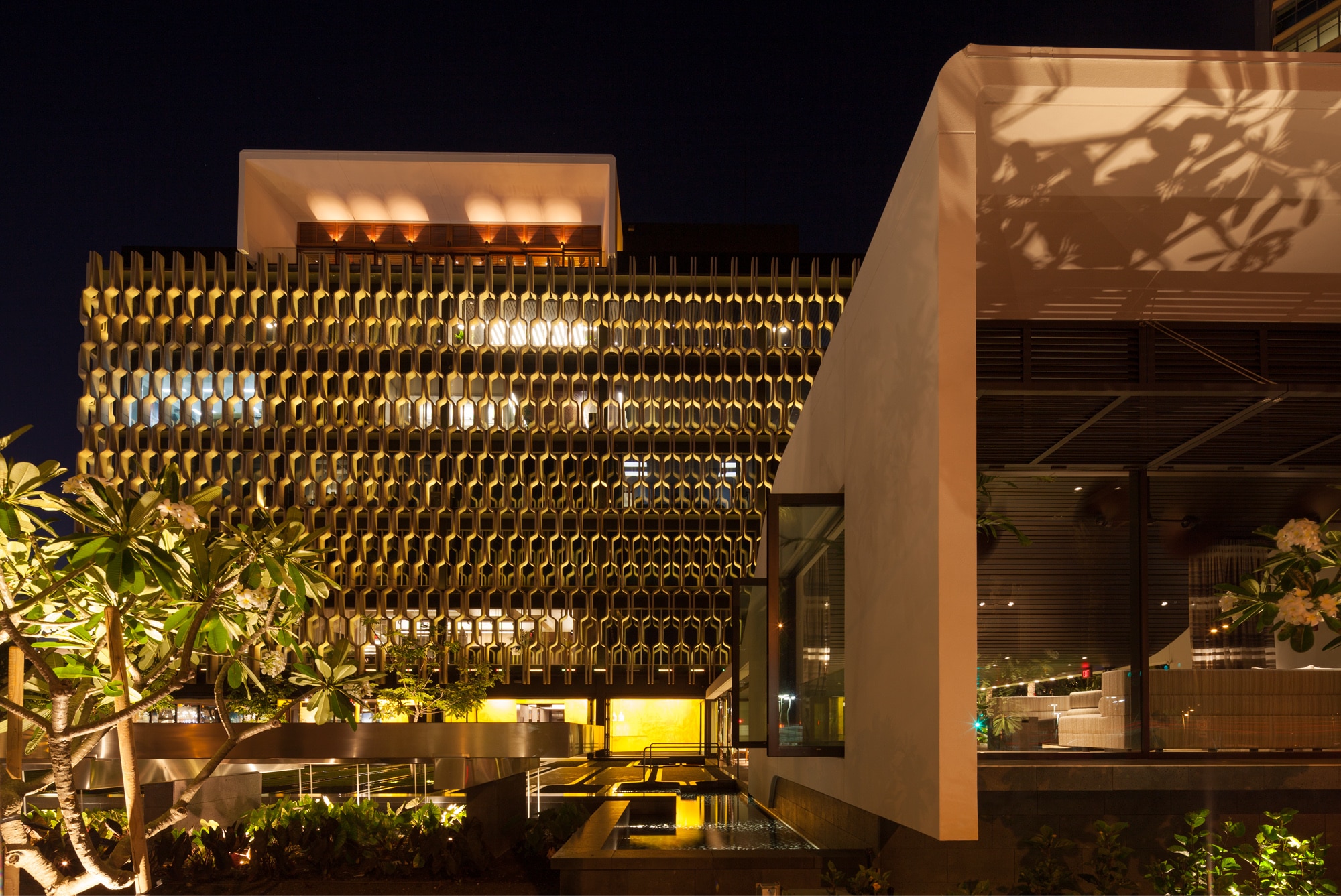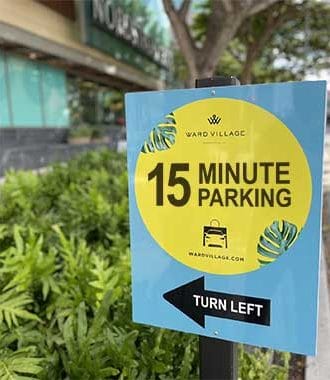Building an Urban Ecosystem

April is Architecture Month, an excellent opportunity to celebrate the striking architectural style that has come to define our city.
Whether we realize it or not, architecture and design have the ability to alter our moods, influence the ways we interact with our natural environment, and shape our collective identity. And right here in Hawai‘i, Honolulu is known as a time capsule of mid-century modernism. In celebration of Architecture Month, we wanted to take a deeper dive in to one of Honolulu’s most iconic architects, Vladimir Ossipoff.
Of all the masterminds that came to define the mid-century modernism movement, Ossipoff remains one of the most esteemed. Russian born, raised in Japan, and educated in America Ossipoff remained a longtime resident of Hawai‘i and his now-iconic work came to define much of the Honolulu skyline. His aesthetic included clean, angular lines and placed an emphasis on bringing the outdoors inside. Throughout his career, Ossipoff made a point to use sustainable construction methods and often utilized local timber. Simply put, his approach to design made sense in Hawai‘i’s warm tropical environment, where a connection to nature and place has always been paramount.
Taking a quick look around the city and you’ll find that Ossipoff’s work abounds. In 1962, he designed the iconic IBM Building, which still stands vigil over Ala Moana Beach Park on the corner of Ala Moana Boulevard and Queen Street. Today, the structure remains one of the most recognizable landmarks in the city with its dripping brise-soleil façade built to resemble a computer punch card. The concrete grill casts deep shadows, which become a significant part of the architecture, minimizes sunlight from entering the space, and deters nesting birds.
Standing proudly over Punahou School’s campus, Thurston Memorial Chapel springs out of an idyllic freshwater-fed lily pond. Erected in 1966, the chapel has been a place of refuge shrouded in beauty for decades. Dean Sakamoto, one of the state’s leading architectural minds and expert on Ossipoff describes the chapel as encapsulating the Hawaiian modernism. “It is at once Hawaiian, modern, and timeless,” he wrote. “Ossipoff’s opportunity to build this memorial at Punahou came after nearly 30 years of practice a good deal of it characterized by his skill at marrying modern methods and local conditions. At the chapel, he found a solution that cannot be traced to any visual precedent.”
From the mid-century design of the IBM Building and Thurston Chapel to the undulating residential glass towers that comprise Ward Village, the power of architecture to develop a cohesive community with an abundant sense of place and purpose can’t be denied. As Ward Village realizes its vision for a complete, sustainable community, it continues to set the pace for urban design trends in Hawai‘i. To be sure, Ossipoff left an indelible mark on Honolulu. Today, we’re seeking to reshape the skyline with the same reverence for smart design and sense of place as the masterminds of decades past.









